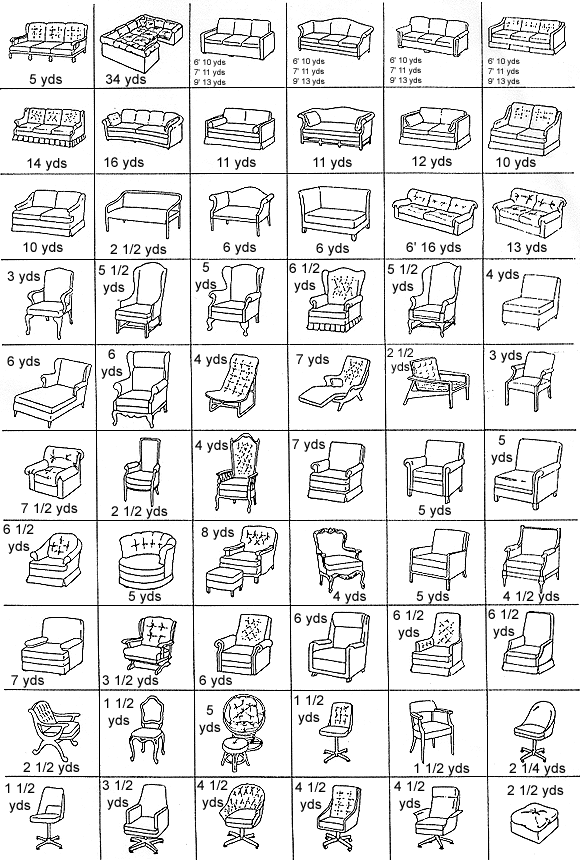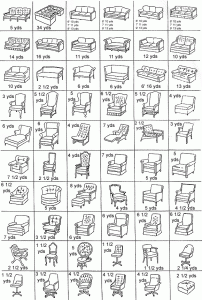Every once in a while you come across some curved or otherwise intricate detail on a prop you wish to recreate that seems far too intense and labor-intensive to undertake by hand. Take, for instance, the curved ridges running along the front of the arm in the picture below (the parts in grey).
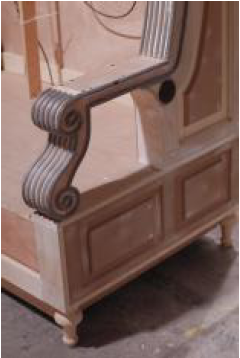
Rather than spending two weeks carving these out by hand, I made them out of Ethafoam. Ethafoam is a actually a trademark of DOW Chemical for their spongy, cushiony polyethylene foam used for packaging and wrapping pipes. It’s great for theatre because it also comes in rods, which can be cut in half to make flexible half-round molding.
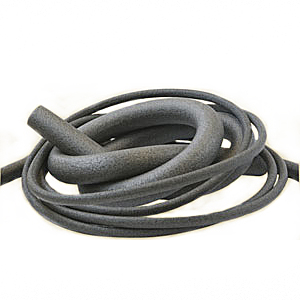
Now, this is not an article about the wonders of Ethafoam, but rather the idea of using soft and flexible materials to simulate hard and rigid objects. Ethafoam is just one of the many materials used in theatre for such purposes. You can see another example in the photograph below.
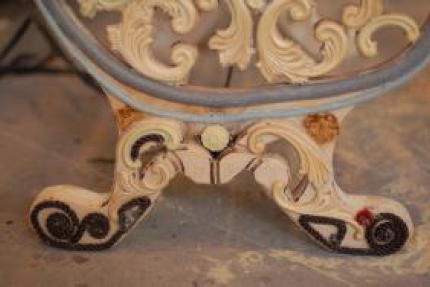
You can also see yarn used at the very bottom. This was a replica of a cast iron bench I made for the Santa Fe Opera a few years back. The research called for a very ornate and detailed-looking bench, and the short time-frame I had to build it meant I had to use a lot of found objects and unconventional materials to pull off the look.
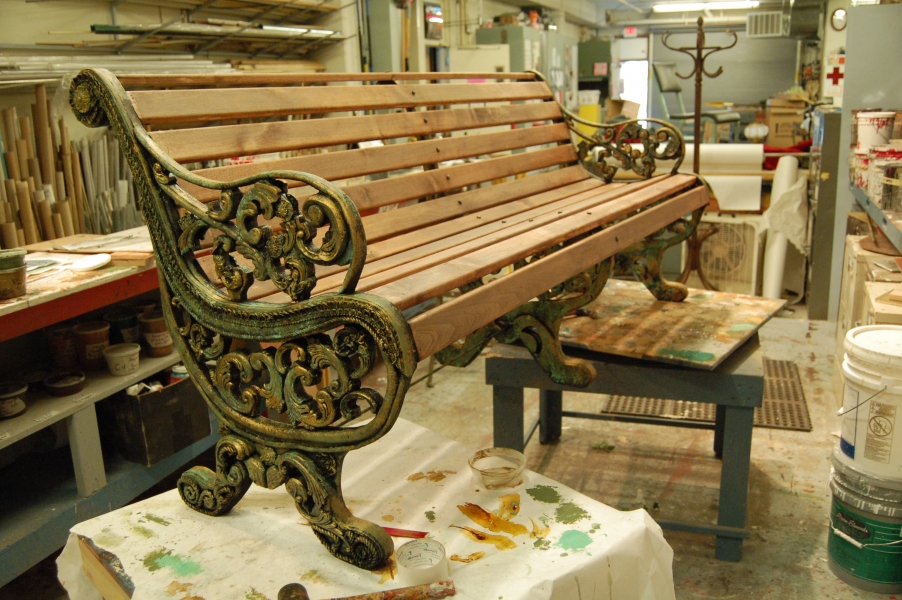
On closer inspection, you can see more materials, such as fabric fringe were used. Once it was artfully painted, the illusion was pretty convincing, especially under stage lighting and seen from a distance. The painting of soft materials like Ethafoam or fabric can be one of the trickiest parts of this process. Either they soak up all the paint or the paint simply will not stick to it. You usually need to coat it with something first, though that can be tricky as well; because the material is flexible, you need to use a coating which also remains flexible, otherwise it may chip and flake away. Brushing on watered-down PVA glue or a coating of something like Jaxsan is usually sufficient.
When you look through older texts dealing with props, you can find numerous examples of using industrial felt, upholstery trim, or any number of other fabrics and soft materials to mimic solid decorations. If you ask prop artisans about it, you will get some mixed responses. Some love the versatility it gives them, especially on a budget. Others abhor it as an amateurish “proppy-prop” trick. In my own opinion, I try to avoid it if I am making a prop that gets handled by an actor. Nothing looks sillier than when an actor picks up a supposedly marble vase only to have the decorative ridges squish under his hands. It also threatens to break the actor out of character even if it is not noticeable by the audience. If, on the other hand, you need to add ornamentation on set dressing or on the parts of a prop that are unlikely to be touched during the performance, than it’s a great trick to use, especially when you are on a tight budget or tight deadline.

